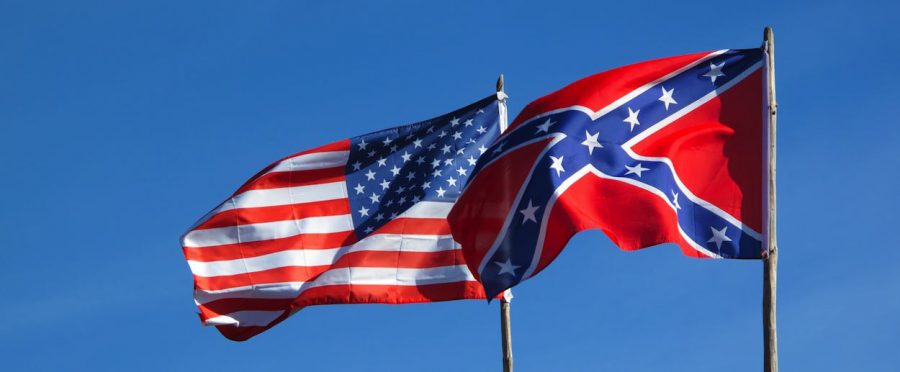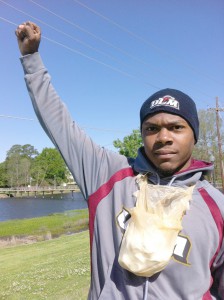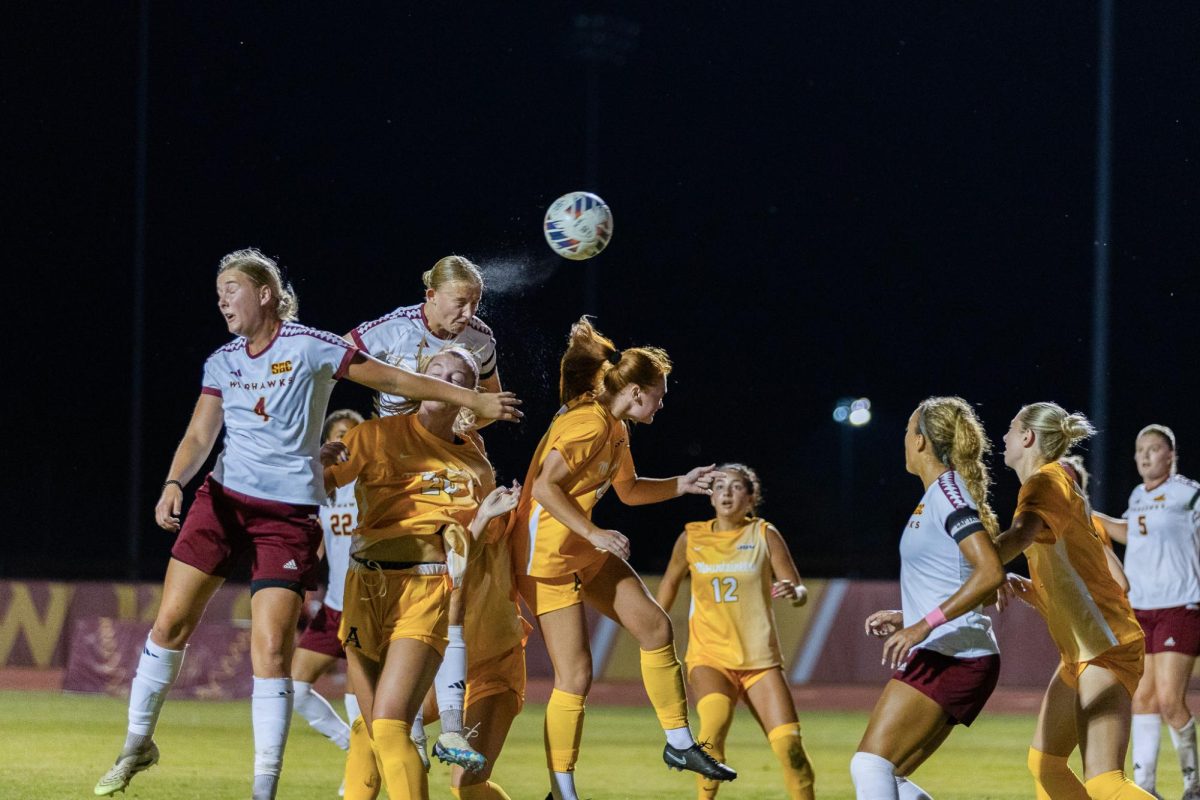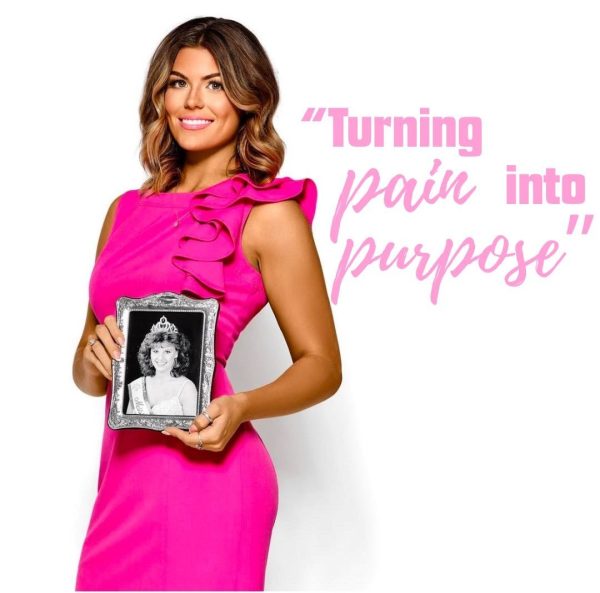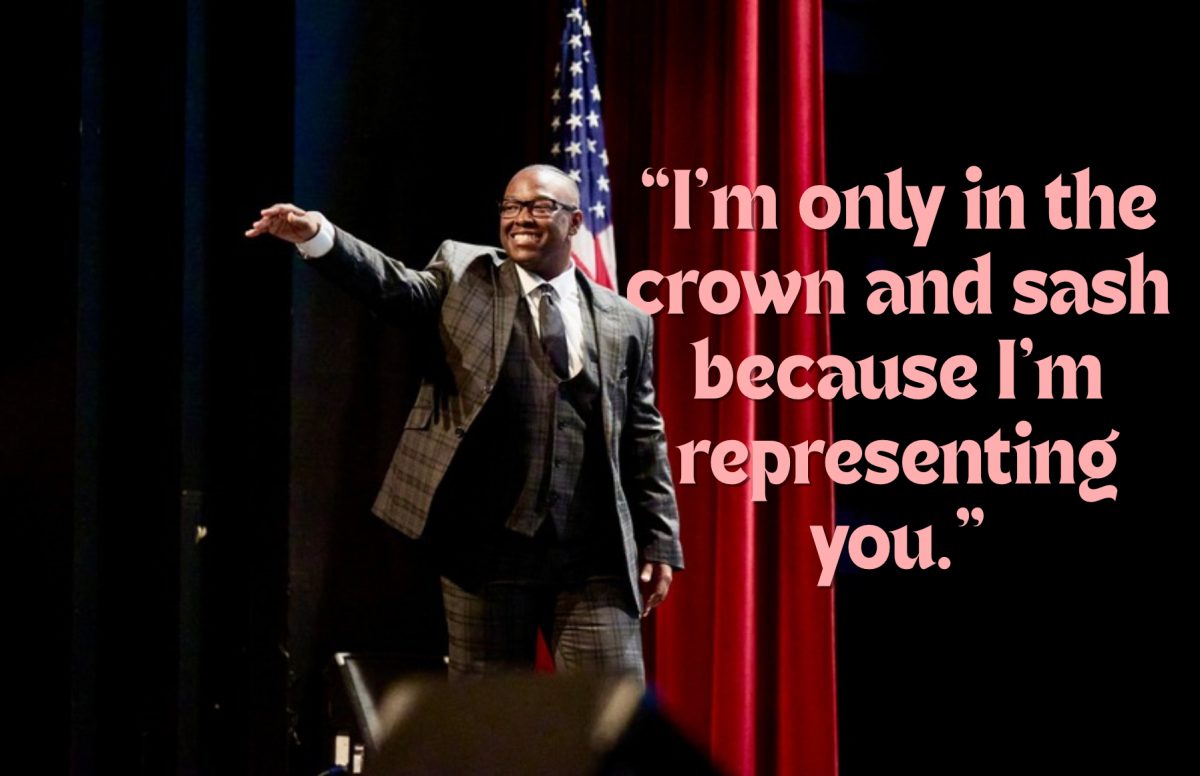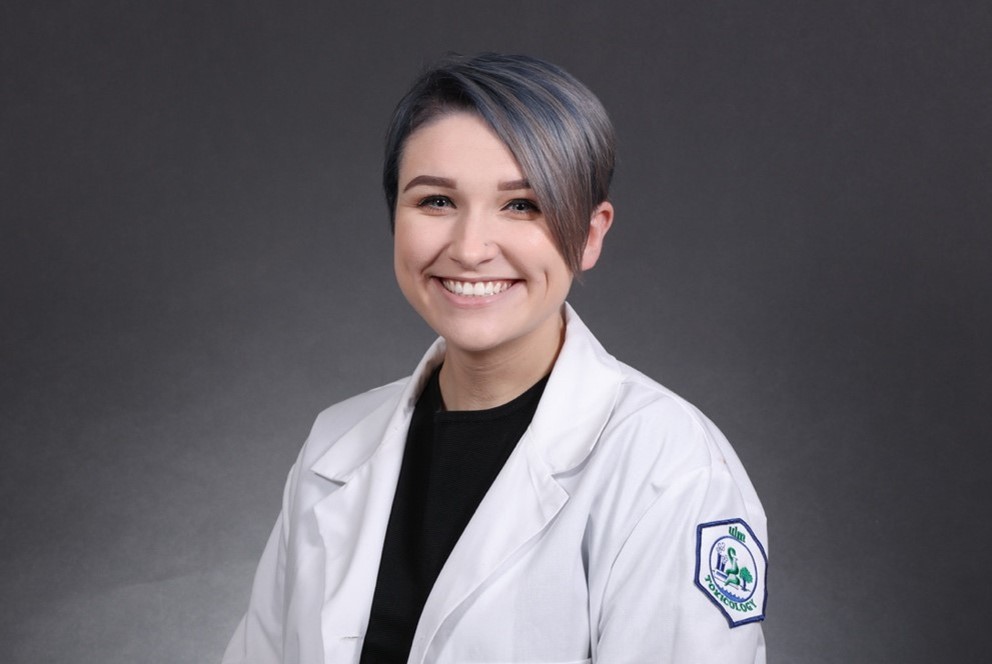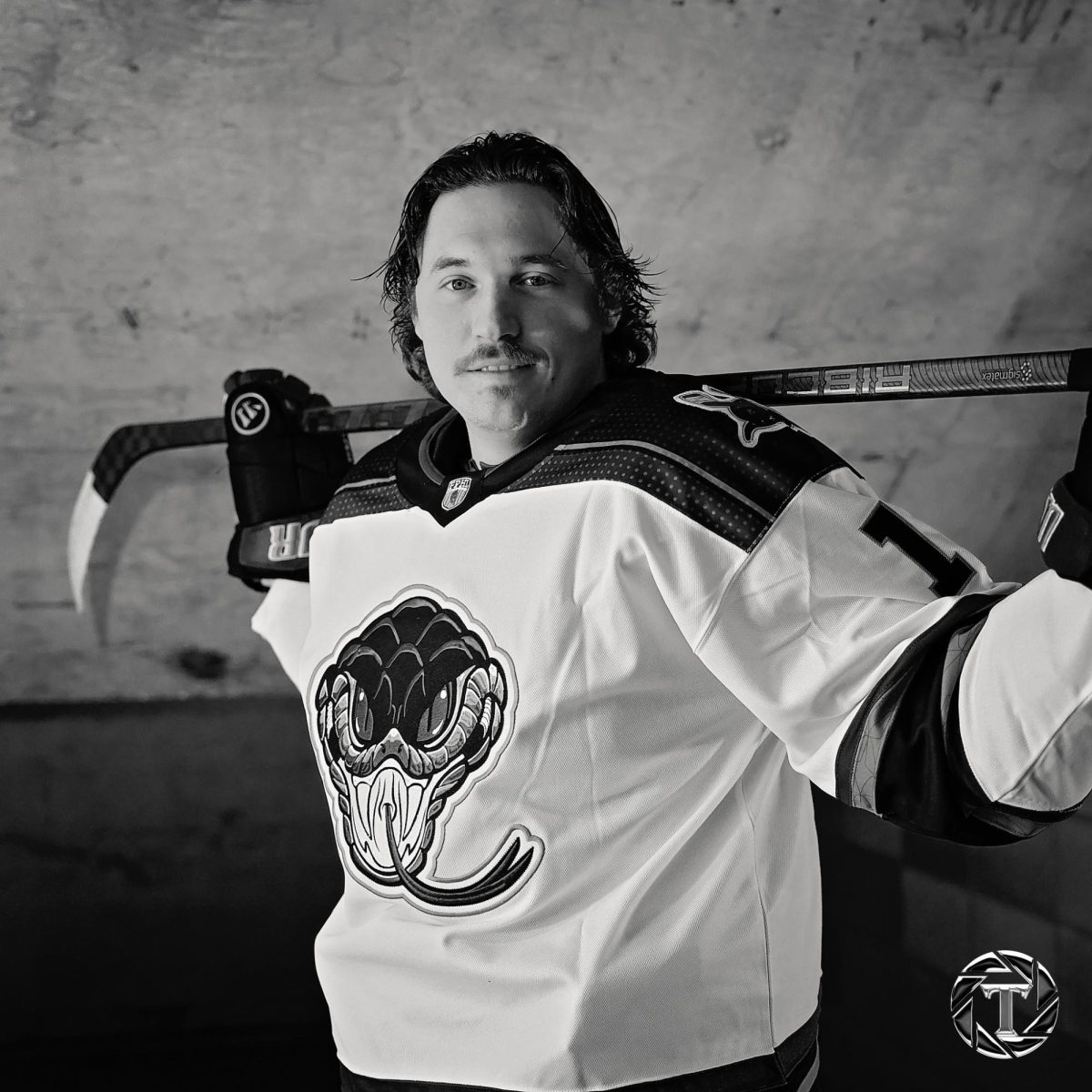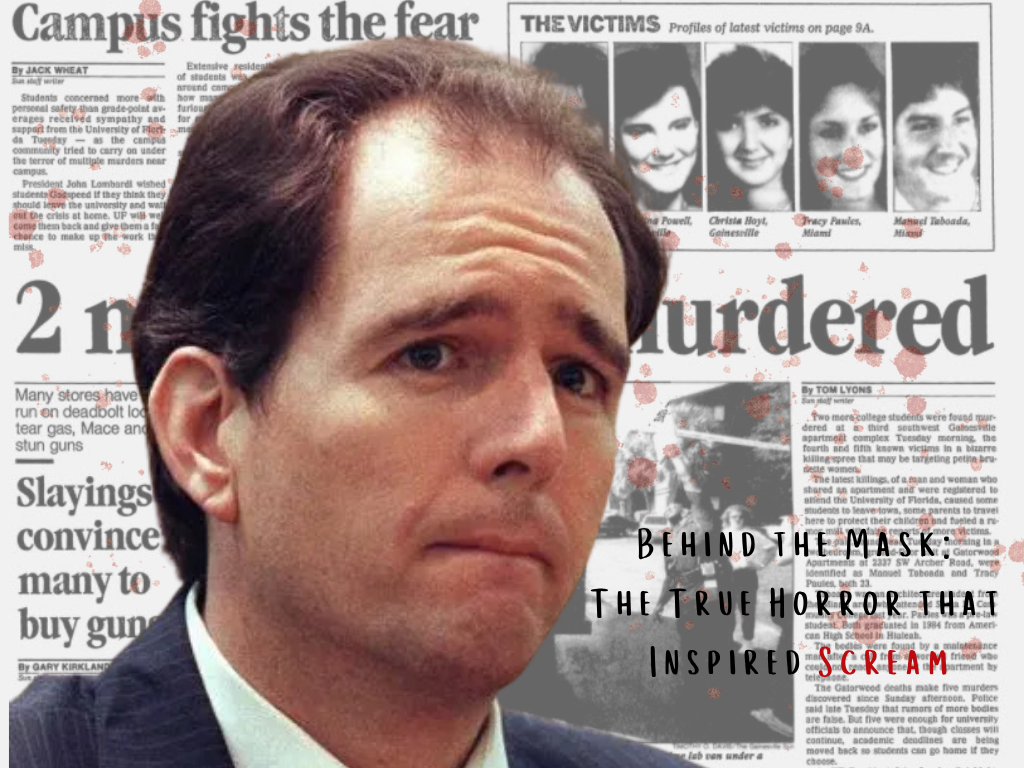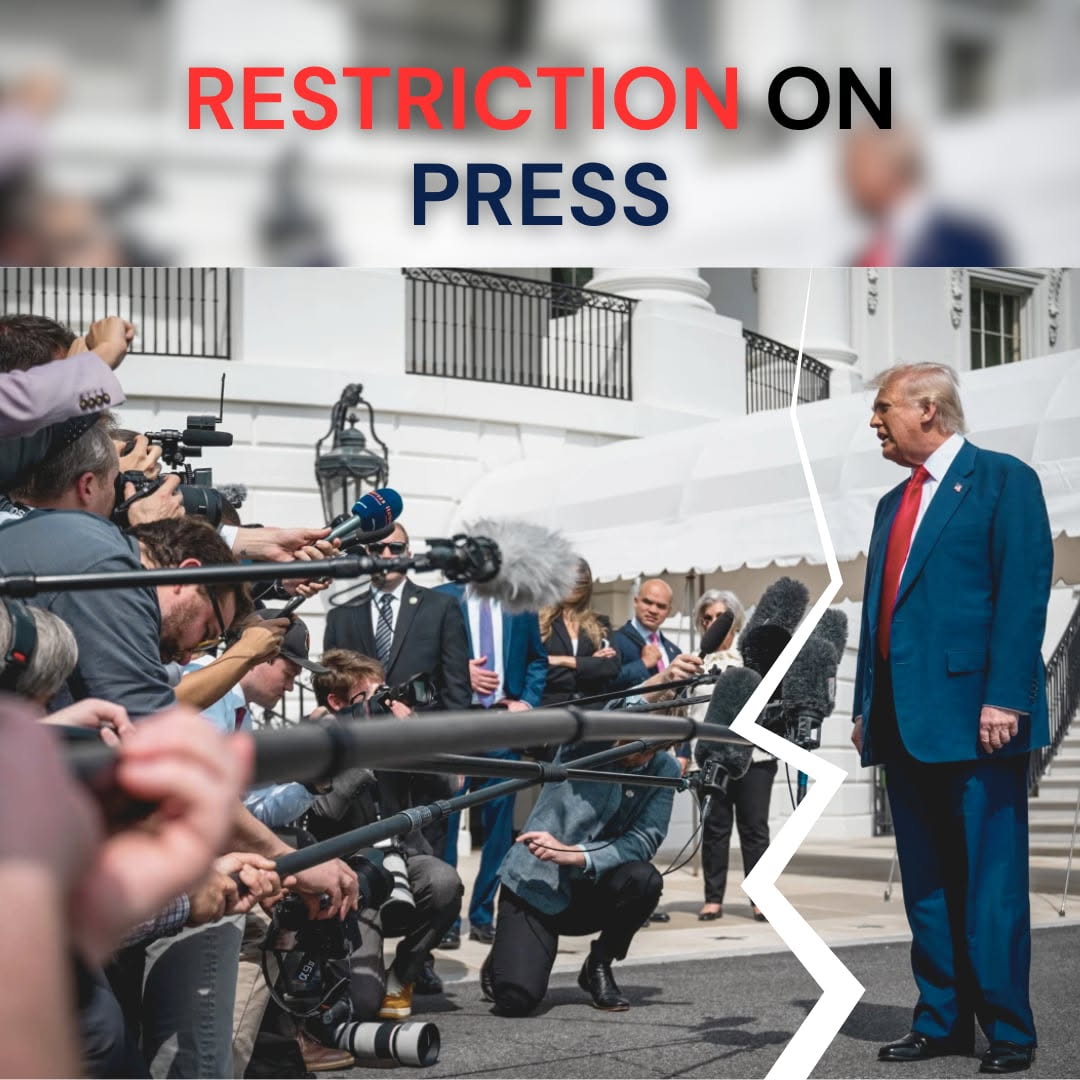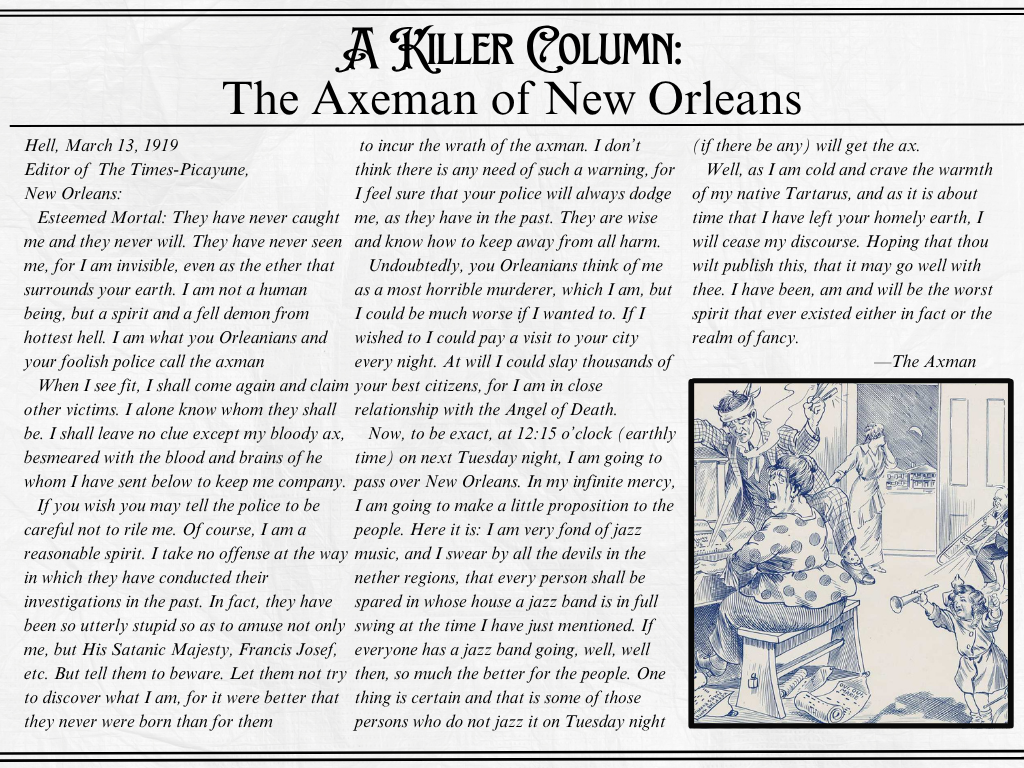It was cold and quiet on the morning of April 15 when the war began. The bayou separated the Union and the Confederacy, both sides armed with marshmallows of various sizes.
Jeffrey Anderson, a history professor, put together a Civil War re-enactment to teach students about why the battles played out the way they did and why casualties were so high.
“I woke up ready to kill,” said Darren Rindt, a junior criminal justice major and soldier in the union.
He made no kills. Rindt died from a canon shot to the leg shortly after the battle began.
“The North will prevail, because I’m on the North. We can’t die. It’s already a disadvantage. Unless their marshmallows are made of kryptonite, everybody on the South will die,” said Andonious Jones, a sophomore kinesiology major.
The union’s artillery prepared to march across the footbridge when the confederacy attacked.
Andonius Jones
Andonius’ brother, Andarious Jones, was killed in the surprise attack. But Andonious didn’t let the tragedy defeat him.
“One has fallen, but a thousand will rise,” said Andonious. “A hundred years from now, our families will tell the stories of how the great north prevailed.”
Union General Wesley Welch was also a casualty in the attack.
Welch thought he had all his strategic spots covered, but somehow the South’s cavalry got around his flank.
“[My death] was unexpected. I was ambushed by the cavalry. It was terrible for our army,” Welch said.
Welch is a graduate student who focuses on military history.
He figured there was nothing better for his expertise than joining the Civil War and fighting for the freedom of slaves.
Andarious, a freshman sociology major, joined the war in hopes of bringing his grade up.
He was the holder in firing Big Bertha, which was “the biggest gun” the North had. But he was fatally shot with three marshmallows when the South bombarded them.
Welch doesn’t know how they got around him, but Anderson does.
Confederate General Anderson sent his cavalry “way, way around and across the third bridge further down the bayou.” That’s when they crossed over and ambushed the union from behind.
“That was my favorite part. Had that been effective in the end I would have been all that much happier,” Anderson said.
Anderson plans to do another re-enactment in the fall before Thanksgiving, but may change the rules to make it less chaotic.
At some point in the battle, people stopped following the rules and rose from the dead, blazing away with marshmallows.
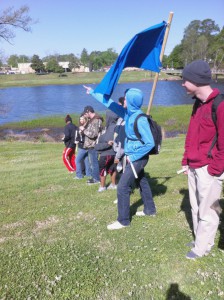 Despite that, Anderson hopes the event gave students some interest in the history side of it.
Despite that, Anderson hopes the event gave students some interest in the history side of it.
“What I’m hoping they’ll get from it is an understanding of how battles worked in the Civil War,” said Anderson. “I talk about it in my class, but it’s one thing to talk about it and draw stuff on the board versus going out there and doing it.”
Anderson said before the battle began he gave his soldiers a speech about how they will defend themselves from “the Yankee invaders until every last drop of northern blood was spilled.”
The Union won. After things went awry, nobody knew who was victorious so Anderson and another person in place of Welch participated in a duel. Anderson was shot in the lower intestine.
“If it had been real I would have died a horrible death, in great pain, several days later,” said Anderson. “It was very cruel so I consider myself to have won the duel, because the point is not shooting the other person but showing you’re brave enough to be shot at it. I proved a much braver person and I consider it a moral victory.”
Matthew Johnson, an undeclared freshman, just wanted to shoot some marshmallows, but became interested in the Civil War along the way.
“I didn’t want to do it at first, but then I started looking up the war and I actually got interested and I really wanted the north to win. I didn’t like the whole thing that the south stood for,” Johnson said.
Johnson chose to fight for the North to take a stand.
“If I really could have fought in the Civil War, I really would have,” said Johnson. “I also really like marshmallows.”
[nggallery id=78]


